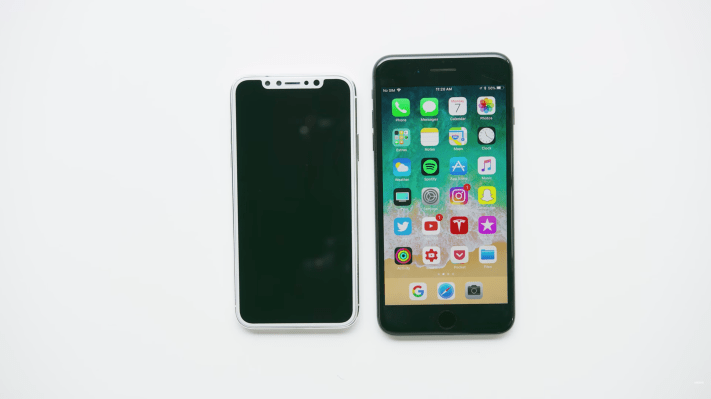After months of rumors and leaks, the next iPhone is just days from being unveiled at Apple’s brand new Steve Jobs Theater.
So, what do we know so far? Typical of Apple leaks in recent years, we’ve heard trickles of information on just about every piece of the new device, but, as always, everything is still up in the air. The screen, the camera, the pricing — even the name has been subject to debate in recent weeks.
There does seem to be a bit of clarification on the latter point, courtesy of a massive iOS 11 software leak that hit this weekend. Turns out the reason so many names have been floating around is simple: Apple’s releasing a bunch of phones. In addition to the expected iPhone 8 and iPhone 8 Plus, we’ll also likely be getting a third: the iPhone X. Here’s a break down of what we think we know about the phones so far.
Price
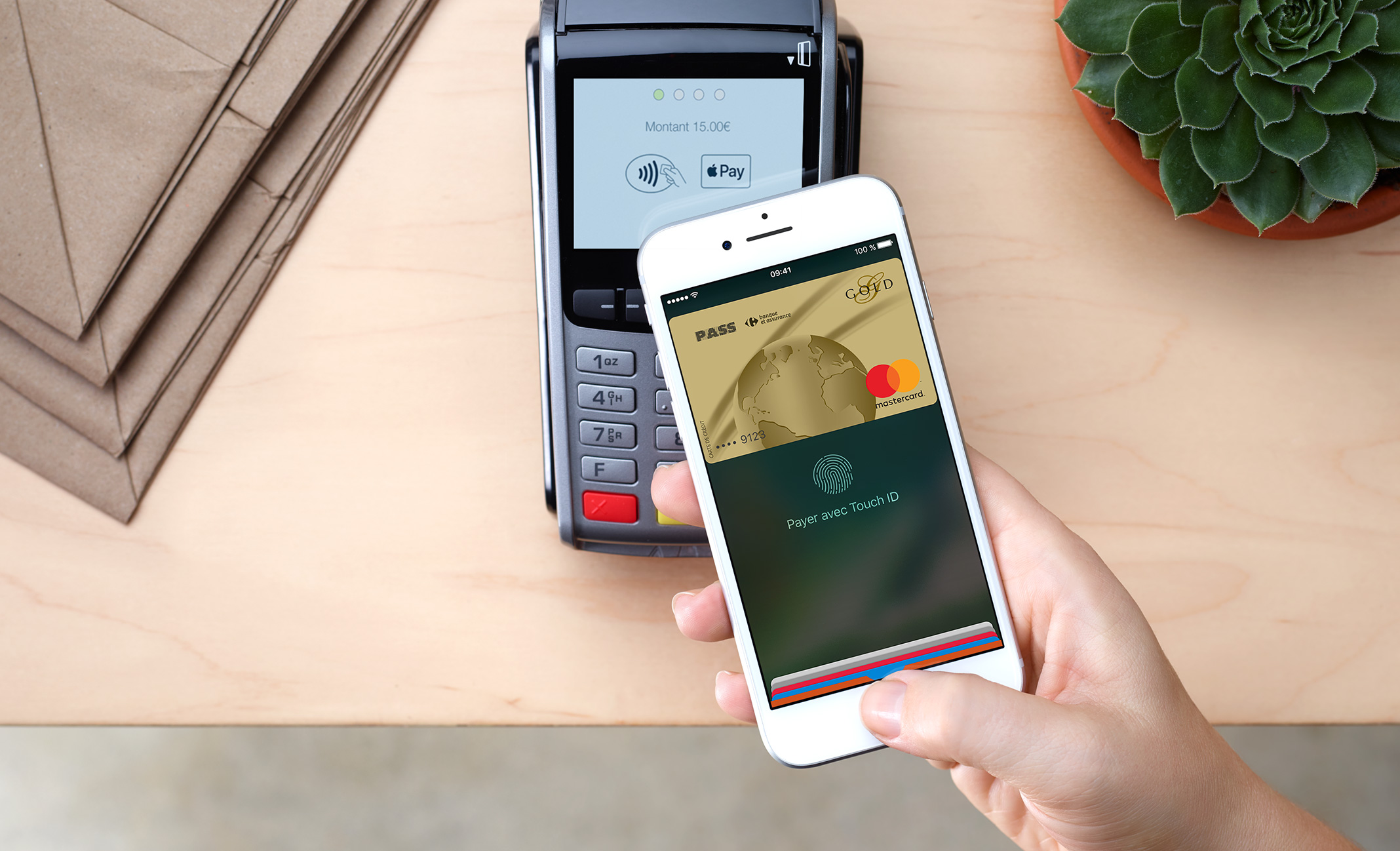
Much to Apple’s chagrin, this is going to be one of the phone’s most discussed new features. Samsung took flack for pricing the Note 8 at just under $1,000, and the rumors are true, that’s nothing compared to what Cupertino’s got cooking. Various reports have priced the premium model around $1,000 to $1,200. Of course, the iPhone 8 and 8 Plus will almost certainly slot in at cheaper price points, and Apple’s never been known for its cost savings. But this would be in line with the recent trend toward skyrocketing pricing points as companies look to distinguish themselves with flagship features.
Display
![]()
No surprise, the screen will be the primary driver of that unwieldy price tag — and a familiar name is behind the hike. Apple’s move to OLED on its premium model could bump its per device cost from ~$50 for LCDs to~$125. So, what does an upgrade get you? More accurate colors, better uniformity across the screen and improved power management among others features. It doesn’t sound like much, but if the LGV30 is any indication, it will be a stunning thing to behold.
And then, of course, there’s the notch. Essential braced us for this a bit with its first phone, but the cutout at the top of the screen looks to be more pronounced on the new iPhone. That said, we didn’t find it a major detriment to using the phone in our experience. Design is at the core of Apple’s DNA, and the company has no doubt been pushing for ways to make it go largely unnoticed. Expect the transition to be easiest on the company’s own apps first, as third parties work to keep up with the design. The good news is there will be a lot more screen real estate jammed into a smaller form factor, including a virtually bezel-free design.
Camera
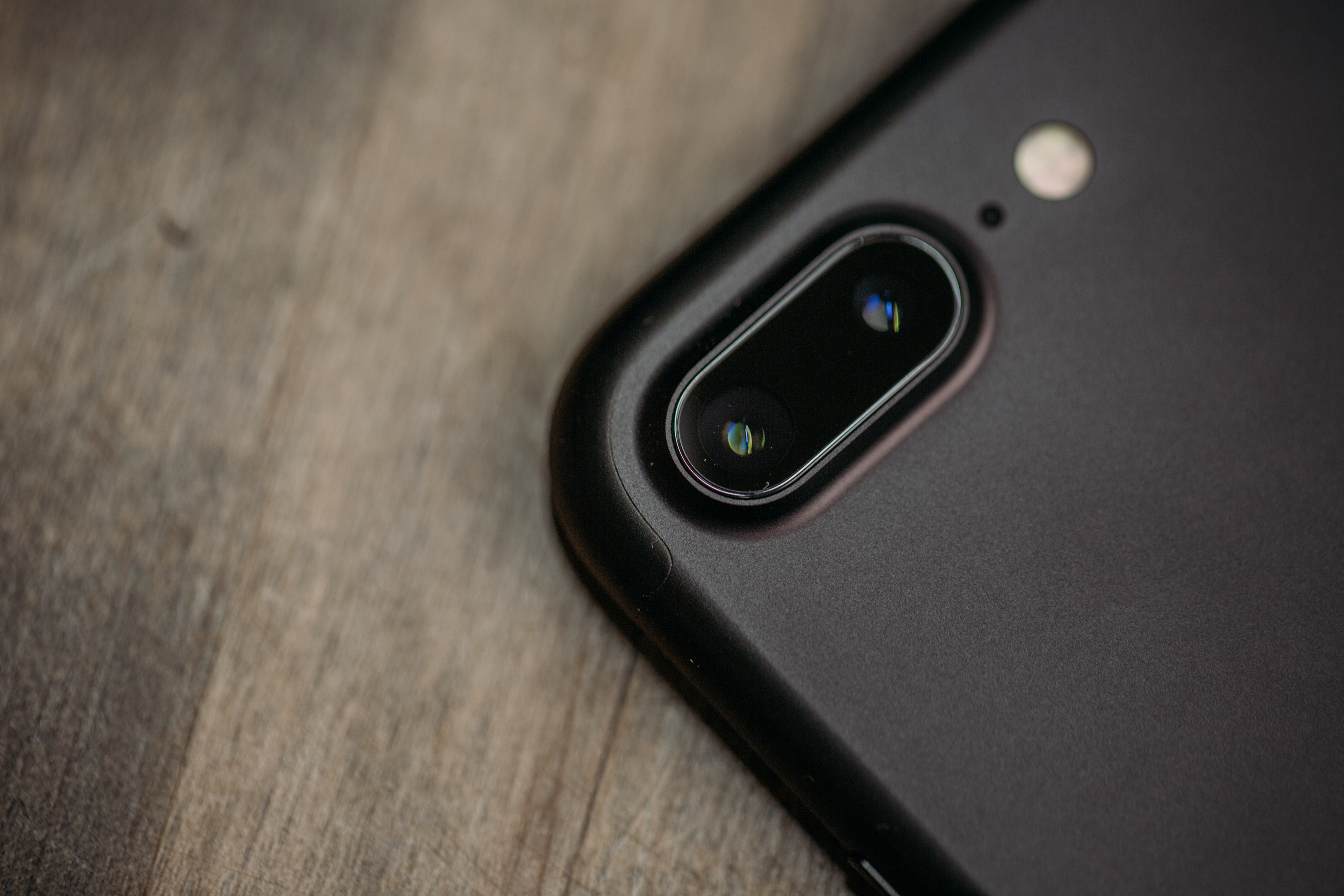
Of course, dual cameras are expected to be on-board here yet again — though this time out, they’ll stack vertically, rather than horizontally, according to reference designs. The biggest upgrade here is much improved depth sensing. Though it ought to make the camera even better at the bokeh effect the company trotted out on past devices, but the implications are much bigger.
While Tim Cook has afforded virtual reality a little love (including development for HTC and Oculus’s handsets), he’s long said he anticipates that AR will be much bigger in the short term. And if the deluge of ARKit programs we’ve seen pop up since it went live are any indication, we can expect some really amazing things on that front. But a truly lifelike augmented reality experience is going to require much more robust on-board depth sensing. And from the sound of it, the iPhone X, at least, will be the phone to deliver it.
Face ID
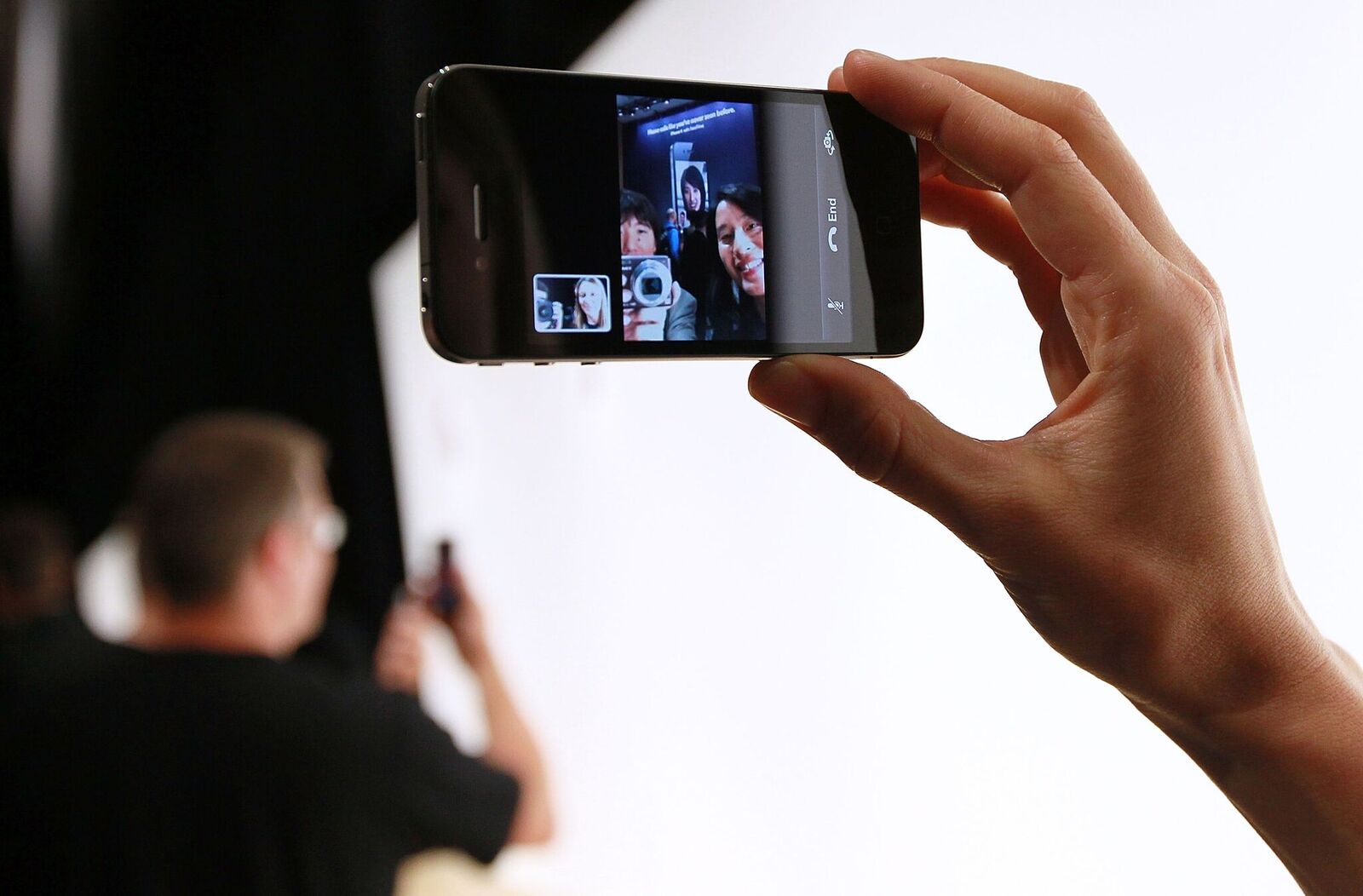
Facial unlock has been one of the most consistent rumors in the lead-up to the new phones, and this weekend, it appears to have finally gotten a name: Face ID. The same leak also points to an animation for setting up the feature that involves the user moving their face around for the camera —not dissimilar to what we’ve all been doing for years now in the fingerprint scanning setup process.
A leak discovered via HomePod, meanwhile, points to the feature’s (then codenamed: Pearl ID) ability to unlock a phone even while lying flat on a table. Face ID also seems likely to feature some integration with third-party apps at or near launch.
The addition of face scanning could mean a couple of things for the old familiar fingerprint scanner/home button. A generation after moving to the more failsafe “taptic engine,” Apple could switch to a virtual scanner housed on the iPhone’s screen — similar to what Samsung does on its Galaxy devices. Newly surfaced rumors also heralded the end of the fingerprint scanner and home button on the X. It would be a bold move and, depending on the efficacy of the technology Apple employs, a potential safety concern. As we pointed out in a piece last week, companies like Samsung don’t regard their own Face Unlock feature as on-par with more advanced biometrics.
That said, the leaked set-up process points to a phone that benefits from added depth-sensing cameras — something Apple is definitely keen to bring on board as it works to boost excitement around ARKit applications. The addition of more complex images with depth reading could ultimately make it much harder to fool Face ID with a simple picture.
Availability
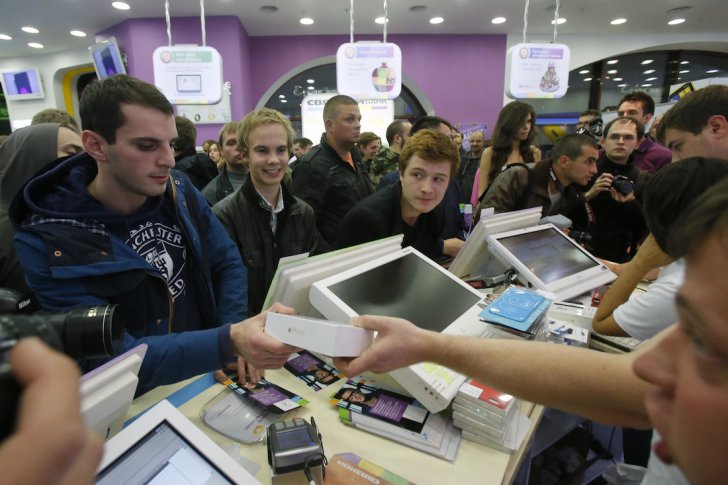
This is bound to be another sticking point among critics. Numerous reports have stated (and we’ve independently confirmed) that the iPhone X is going to ship later than its low end brethren. This appears to be another hiccup introduced when Apple opted to with those OLED units on the premium models. How long the delay will actually be is still up the air — there’s a decent chance the company might not mention an ETA for fear of missing the mark. The delay could impact Apple’s bottomline by pushing more people to buy a cheaper model, but there’s a lot to be said to getting it right the first time.
